Silke Albrecht (*1986 in Soest, lives and works in Düsseldorf) is delighted to present some of her latest works at the opening exhibition of MÉLANGE.
Our understanding of the ‘foreign’ constantly defines itself in comparison to the world which surrounds us and is itself a product of our own cosmos. Therefore, the perception of the ‘foreign’ is significantly modelled on preconceptions and opinions, resulting in an understanding that is the opposite of one’s own world. Artificial boundaries are drawn, which are specified by emotions like fear and anger as well as effects of social affiliation, affection and desire. An outcome of these various emotional dispositions is the cliché, in which the positive or negative styling of the ‘foreign’ manifests.
Silke Albrecht’s works from the series “Aber was ist mit Afrika?”(But what about Africa?) (2015) provoke the beholder to meditate on the ‘foreign’.
Classic magazine photographs – ‘Africa’ and its enchanting landscapes, animals, wonders of Mother Nature and inhabitants – are processed with paint and ink, becoming entangled in the artist’s very own pictorial language. The term “over-worked” does not translate literally in Albrecht’s case, but rather acts in terms of censorship that blurs and focuses the content of the chosen sourced images. All elements are woven into a dream- like fantasy which asks: Is that it? Could it be that way? Should it be that way? Once the clichés have been uncovered, the candy-like first impression of the pieces turns into a bitter pill. The color and source material of the series are each as deceptive as the title – an alibi. However, the requirement to recognise this lies with the beholder: only with a specific gaze upon the content and by uncovering one’s own stereotypes one can release the obnoxious taste of the works. This is because only through the conscious perception of our prejudices we can identify our own clichés.
Albrecht’s pieces try to disengage our habitual ways of seeing and thinking. Her works therefore do not merely play with the aesthetics of the surface provided by signs and stereotypical images of the ‘foreign’, but they are actually denying any rigid interpretation, due to the convolution of different layers of cognition and color.
Silke Albrecht Im Schatten des Kilimanjaro
Mélange 02/04/2015—30/04/2015
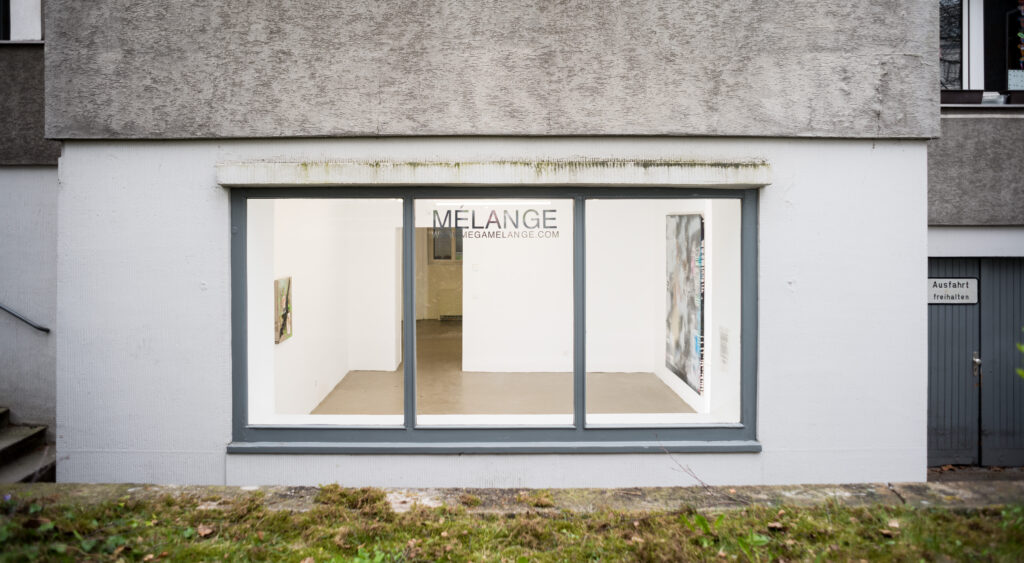
Silke Albrecht, installation view, Mélange 2015
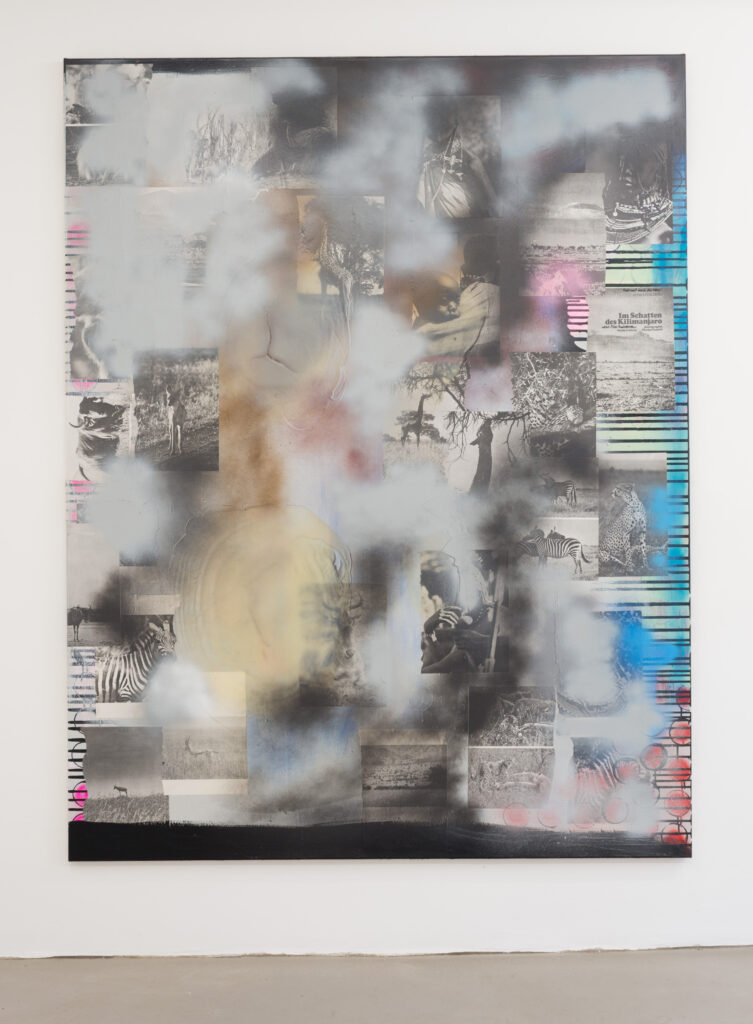
Silke Albrecht, installation view, Mélange 2015
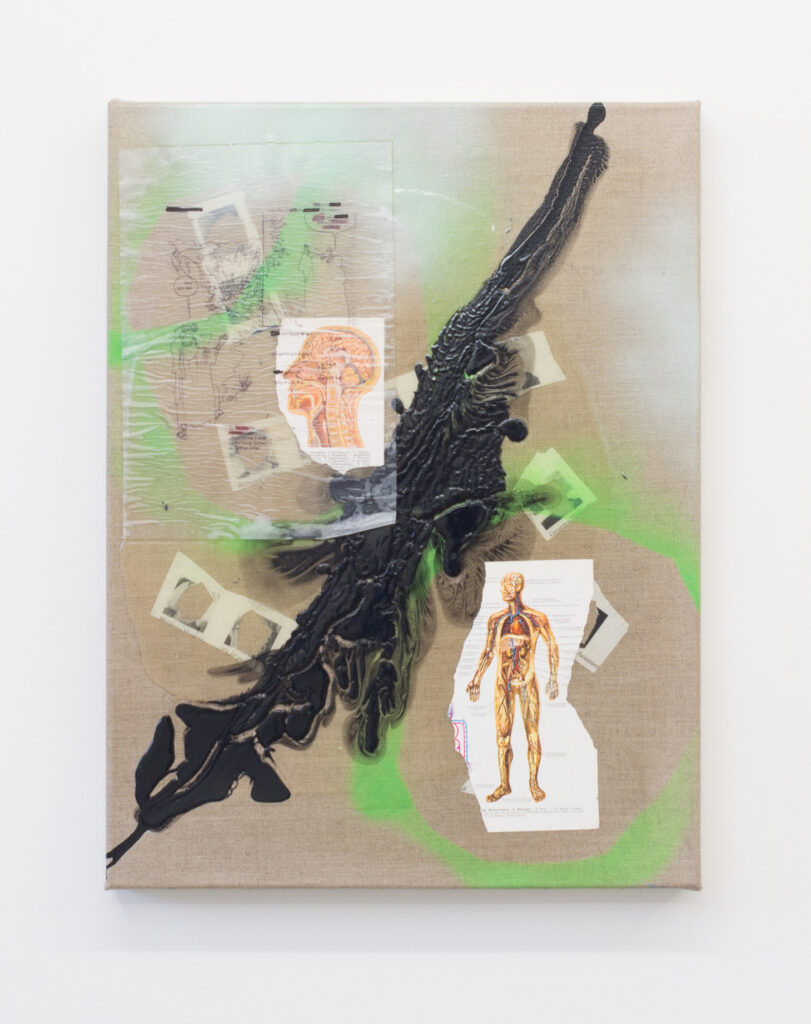
Silke Albrecht, installation view, Mélange 2015

Silke Albrecht, installation view, Mélange 2015
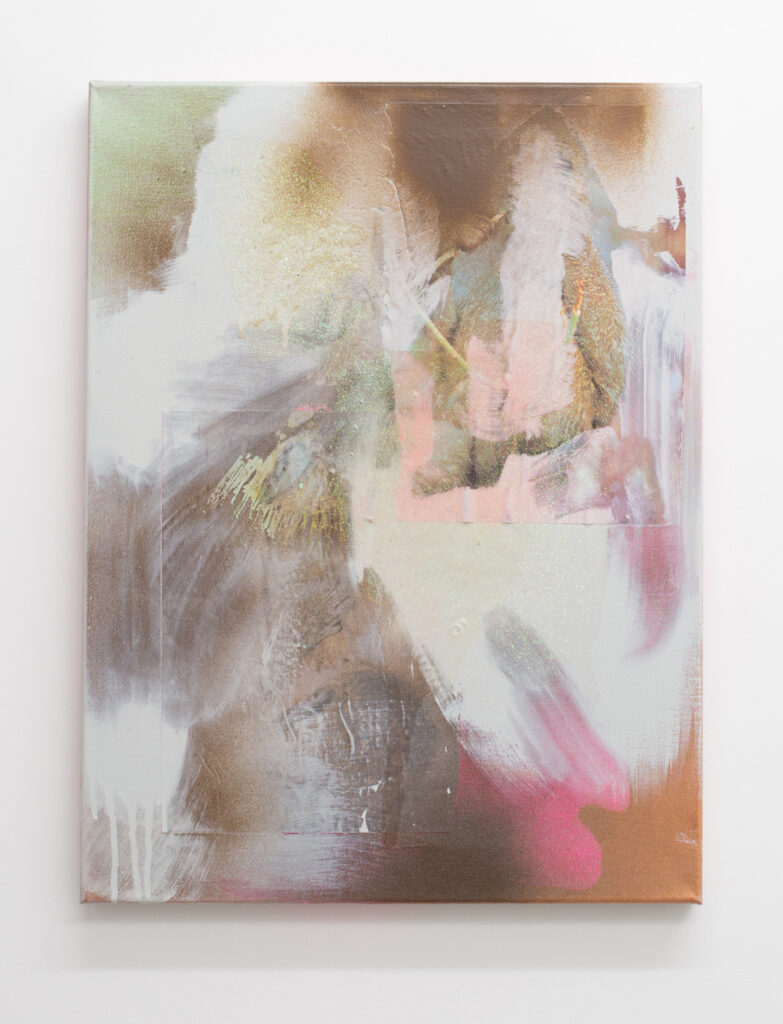
Silke Albrecht, installation view, Mélange 2015
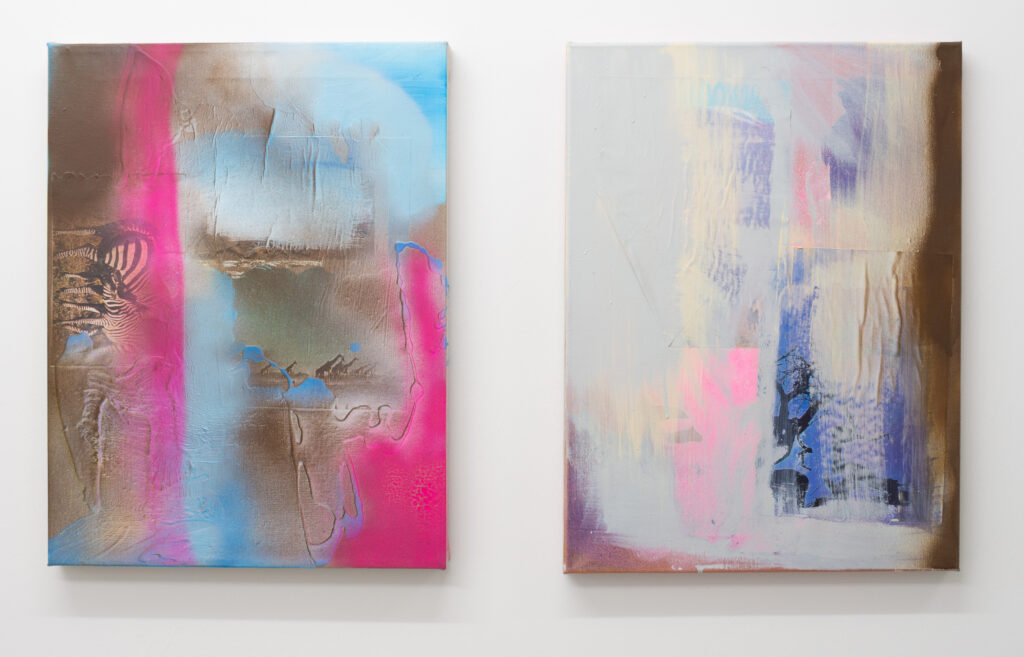
Silke Albrecht, installation view, Mélange 2015
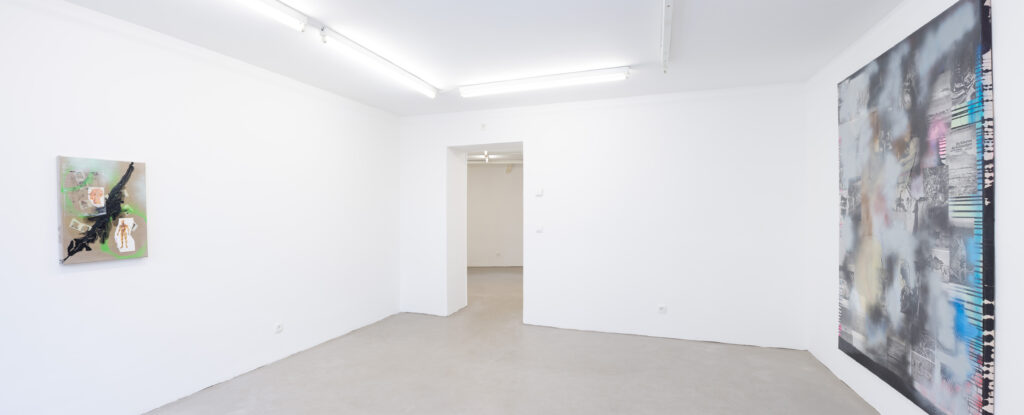
Silke Albrecht, installation view, Mélange 2015